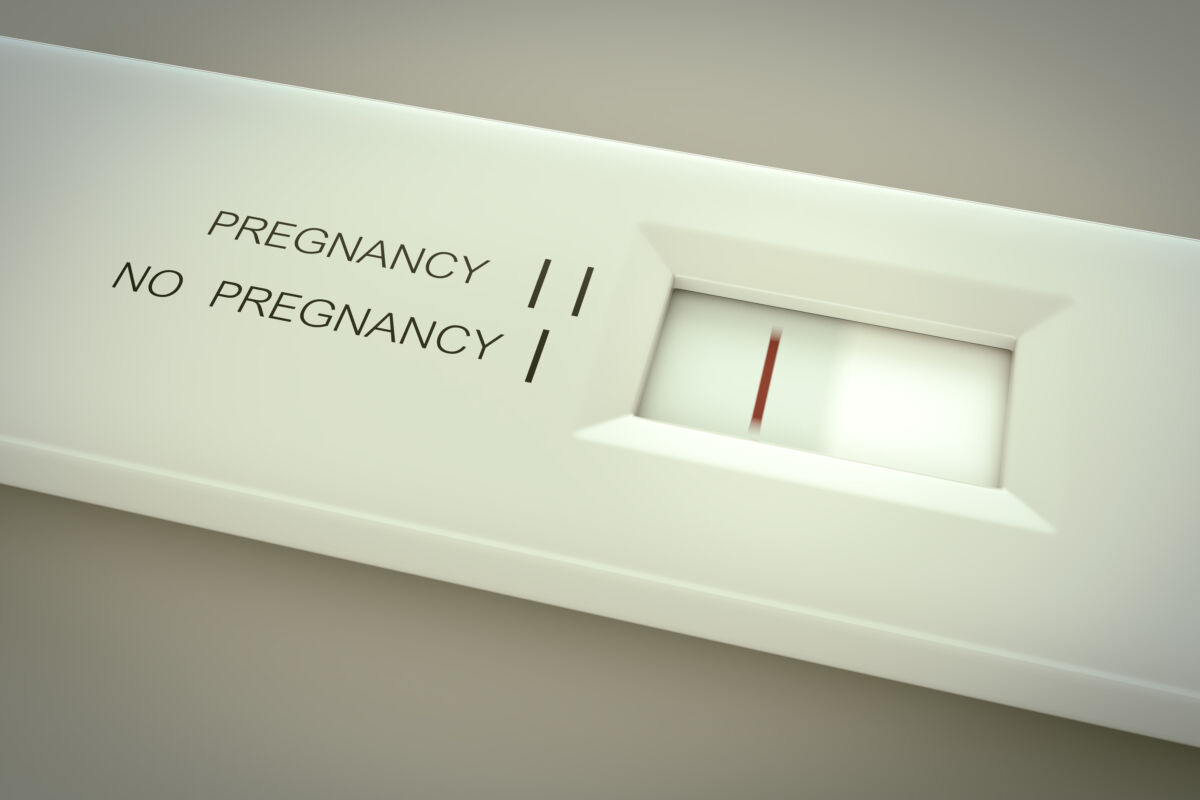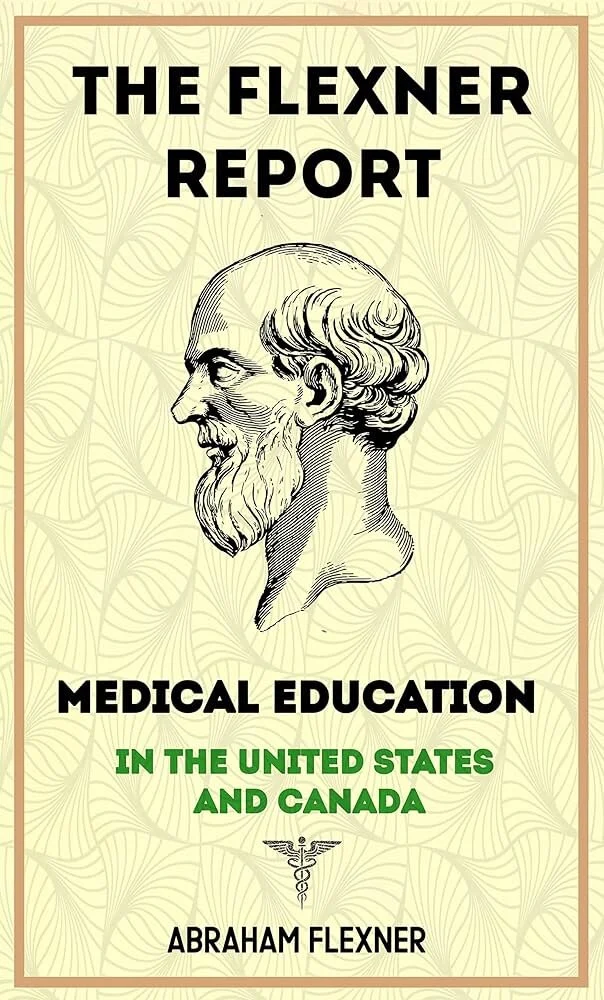Infertility Linked to COVID-19 Vaccination
By Mark Sandercock, PhD
In an editorial published in autumn 2022—over 18 months after the COVID-19 mass-vaccination campaign began—Dr. Jane Orient, managing editor for the Journal of American Physicians and Surgeons, commented on the “staggering scarcity of studies examining the potential link between the COVID-19 vaccine and infertility,” noting that “the potential detrimental impact of the novel COVID-19 vaccines on reproductive health was disregarded by the manufacturers during vaccine development.”1 Orient criticized the available studies as “low quality” and pointed out that “male and female fertility studies should be done pre-clinically and prospectively” rather than the “weak post-clinical observational studies” that had been published at the time of her review.
When the vaccines were initially authorized for use, studies on the effects of vaccination on female fertility were non-existent and, at the time Orient wrote her synopsis of the situation, studies that assessed the effect of the COVID-19 vaccines on female fertility based on medical history, hormone levels, and the anatomy of women attempting to become pregnant had simply not been done. Instead, detection of changes to female fertility had been largely limited to examining menstrual abnormalities associated with COVID-19 vaccination.
For example, a systematic review of menstrual problems experienced by women after vaccination was published in July 2022 by Nazir and co-workers.2 Fourteen observational studies involving a total of 78,138 women were included in the review, which found that 51% of women reported some form of abnormality in their menstruation after vaccination, including but not limited to heavy bleeding (menorrhagia), abnormal bleeding (metrorrhagia), and frequent bleeding (polymenorrhea), which were typically short-lived.
Don’t lose touch with uncensored news! Join our mailing list today.
Also in July 2022, Lee and colleagues published a study of women’s self-reported menstrual cycles.3 This study surveyed over 39,129 women who had received two doses of COVID-19 vaccine at least 14 days prior to participating in the survey. Most respondents received either Pfizer (55.3%) or Moderna (33.2%) mRNA vaccine. Overall, the vaccines caused a large number of adverse events with 42% of respondents who previously had regular menstrual cycles reportedly bleeding more heavily than usual. Among respondents who did not typically menstruate, 71% of women on long-acting reversible contraceptives, and 66% of postmenopausal women, reported breakthrough bleeding.
In a study published in 2023, the risk of vaccine-caused vaginal bleeding in 7,725 post-menopausal women was assessed.4 The authors reported that “in postmenopausal women, the risk of vaginal bleeding was increased two to threefold in the 4 weeks after vaccination, as compared to the prevaccination period.” Changes to menstruation cycle timing, duration, or severity is, at best, a very indirect indication of the potential effect the vaccines may have on female fertility.
It was not until June 2024 that researchers elucidated the mechanism for so-called “short-term menstrual irregularities” reported worldwide by women following injection with COVID-19 mRNA vaccines. Starting with the fact that the vaccine’s lipid nanoparticle vehicle is known to accumulate in the ovaries within hours of injection, Bar-Joseph and co-workers “aimed to explore if the vaccine can affect directly the expression of ovarian regulators, that in turn may explain post-vaccination changes in menstrual cycles.” 5 What they found was that upon entering the ovaries, the vaccine caused “acute stress” to the ovarian follicle cells—specifically, the granulosa cells in the follicles responsible for the production of key protein hormone regulators—which resulted in a temporary modification of the mRNA transcripts in the ovarian cells responsible for the production of two regulators, InhibinB and Anti-Müllerian Hormone (AMH). The vaccine stimulated an increase in production of InibinB and a decrease in production of AMH which, in turn, affected the production of follicular stimulating hormone, disrupting the normal menstrual cycle. “These changes,” concluded the authors, “lead to disrupted follicular growth … and activity … ; and ultimately affect the uterus cyclicity that is clinically displayed by changes in the menstrual bleeding pattern.”
A physiological mechanism explaining how the COVID-19 vaccines could have suppressed female fertility was not discovered until January 2025 when Karaman and fellow researchers published the results of their study using an animal model.6 In this study, female rats were “vaccinated” with two doses of Pfizer’s mRNA vaccine 28 days apart. A control group was vaccinated over the same time period with two doses of a saline solution. Four weeks after receipt of the second dose, all rats were euthanized and their ovarian tissues examined. Ovarian follicular development from primordial through progressively more mature stages underpins the process of ovulation, and is governed by follicle stimulating hormone which is, in turn, moderated by AMH. The researchers observed that the number of primordial and more mature ovarian follicles were significantly lower in the mRNA vaccine group compared to the control group.
Furthermore, they found that AMH expression in the ovarian follicles, and levels of AMH in the blood serum, were also significantly reduced in the mRNA vaccine group compared to the control group. In conclusion, the study authors demonstrated that the Pfizer mRNA vaccine was “associated with a reduction in ovarian reserve,” which would result in fewer pregnancies.
That COVID-19 vaccination had a demonstrable effect on fertility rates in an entire population remained largely unproven until April 2025 when Manniche and colleagues published a pre-print of a study which examined the influence of vaccination on the rate of live births among Czech women aged 18–39 years.7 The majority of those women in the study who were vaccinated had received an mRNA vaccine (Pfizer or Moderna). The authors noted that throughout 2022, their data showed that live births among unvaccinated women were 1.5 times greater than among those women who were vaccinated prior to conception.
The authors noted the possibility of a self-selection bias in the data as more women who wished to become pregnant may have chosen to not be vaccinated. However, they pointed out that such self-selection bias should have resulted in the total fertility rate remaining relatively constant throughout study period (January 2021–December 2023). This was not observed, and instead, birth rates continuously declined from 1.83 births per 1,000 women in 2021, to 1.62 in 2022, and down to 1.45 in 2023 indicating that a self-selection bias cannot fully explain the marked decrease in live births among the vaccinated.
The only other reasonable explanation for the observed decline among vaccinated women is that the mRNA vaccines had negatively influenced the reproductive health of women.
1. jpands.org/vol27no3/orient.pdf
2. pmc.ncbi.nlm.nih.gov/articles/PMC9294036/pdf/main.pdf
3.pmc.ncbi.nlm.nih.gov/articles/PMC9286513/pdf/sciadv.abm7201.pdf
4.pmc.ncbi.nlm.nih.gov/articles/PMC10516485/pdf/sciadv.adg1391.pdf
5. nature.com/articles/s41541-024-00911-2.pdf
6. pmc.ncbi.nlm.nih.gov/articles/PMC12031016/pdf/vaccines-13-00345.pdf
7. preprints.org/manuscript/202504.2487/v1
Mark Sandercock, PhD, worked as a forensic scientist in Canada for nearly three decades before retiring in Alberta. He is the author of “Six Feet Apart: COVID-19 Vaccines, Mandates, and the Science,” available on Amazon.
Explore More...












